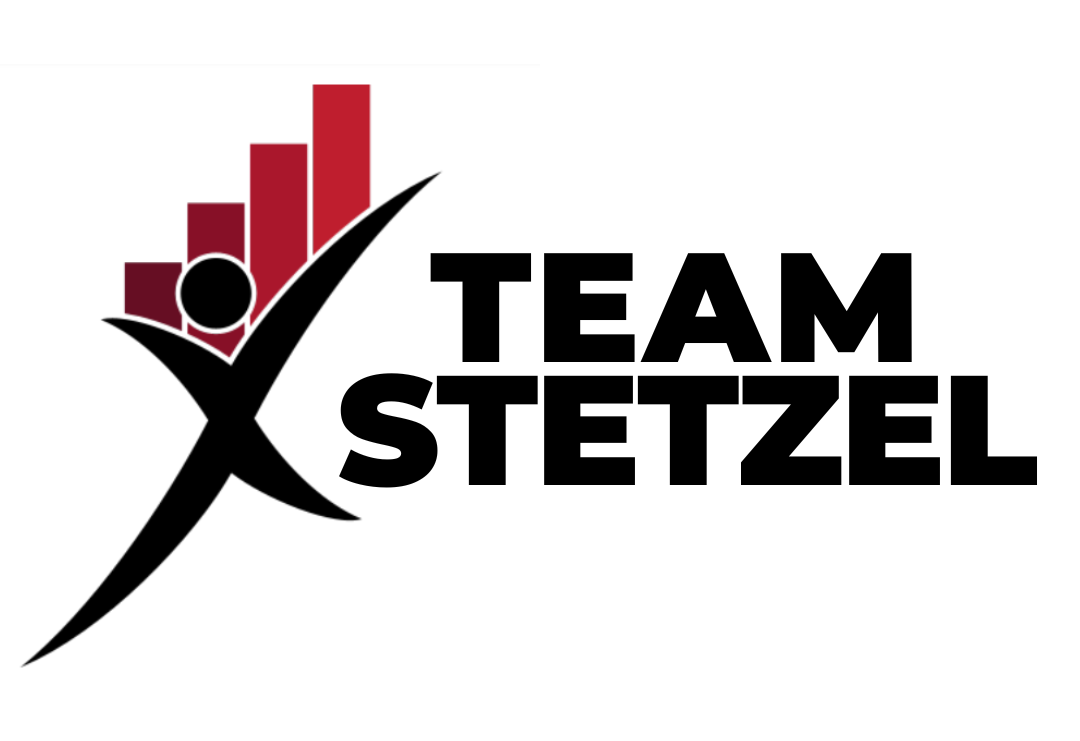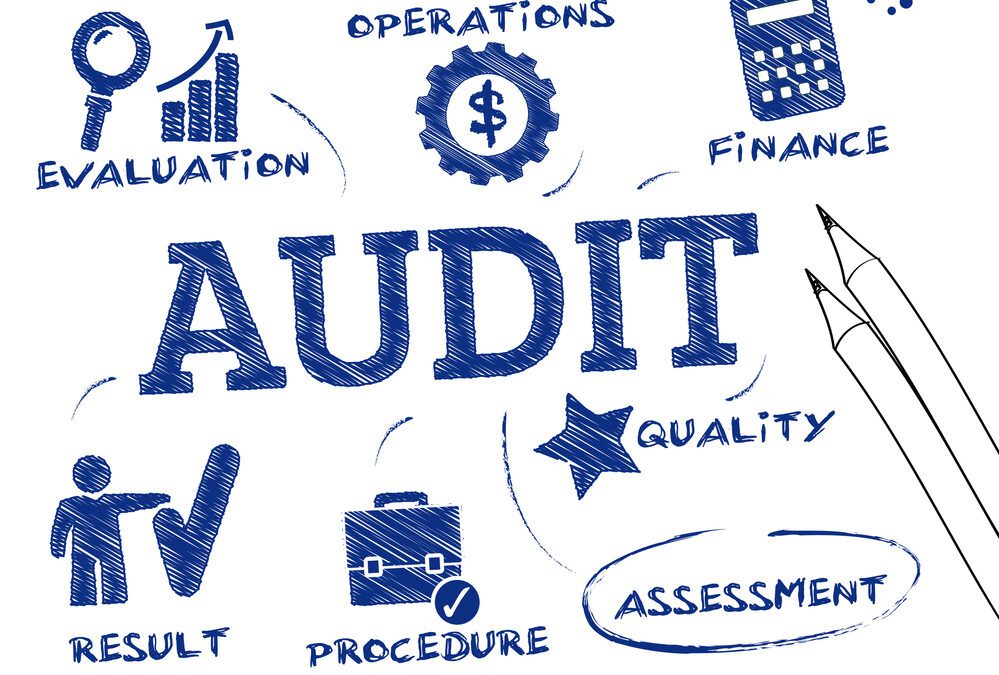Financial analysts spoke to The New York Times last December and reported that we’re likely in a “global debt bubble.”
This ranges from everything from student debt to the debt that large corporations are racking up…not to mention that the annual Federal deficit is adding red ink to the tune of over a trillion dollars a year. Trade wars loom on several fronts, war is always a concern in several volatile regions from the Middle East to the East China Sea.
While it’s true that the economy has been booming for the past decade, a good thing can only last so long, especially when it comes to global money.
Uncertainty is why it’s so important to prepare your business for the inevitable downturns.
If you do a complete front to back audit of your business, then you’re going to notice a difference when “the big one” hits.
Here’s how to perform a business health check to ensure that your business is ready for anything that happens.
What is a Business Health Check?
What is a business health check exactly? A check-up definition in these terms means that you’re evaluating the crucial elements of your business.
Performing an assessment like this will force you to ask questions about your business and highlight potential areas of weakness.
However, it’s not all about the weaknesses. While identifying weak points is crucial for uncovering where you need to strengthen your operations and procedures, a business health check is about identifying your strengths as well. This helps you understand which employees and what resources you can allocate to other areas that need more help.
During the business health check, you’ll meet with a qualified business coach to answer some initial questions. This is more about the general diagnostics of your business than anything else.
Then, the business advisor will meet with you to go over the answers in order to cultivate a plan and path to success. Usually, you both will decide upon the changes, resources, and timeframe needed to bring your business up to speed, so to speak.
At this point, you’re really figuring out what you need to invest in order to “future proof” your business from market changes and economic downturns.
With this plan in place, you’ll then be able to effectively carry out the necessary actions according to the timeframe you set with your business coach. This helps you stay focused and ensure that you’re hitting milestones and accomplishing business goals without letting them fall to the wayside.
Sounds like a lot, right? If you have the right business coach on your side, it’s easier and more straightforward. However, here are a few things that will help you get the process started if you’re planning on going at it alone.
DIY Health Business Check You Can Do Now
Perform a Complete Audit Area by Area
An initial assessment of your business will go a long way. While you don’t necessarily need to revisit your business plan (in fact, Forbes notes that modern-day entrepreneurs don’t need them at all – see the boom “Burn the Business Plan” by Carl J. Schramm), you’ll want to dissect your business from the outside in.
Performing a complete audit area by area will force you to assess the following components:
- External Elements: Changes in technology, competition, things you can’t control, etc.
- Objective and Vision: Where the company is headed and how are you going to get it there.
- Structure: The fundamental way in which your business works and how you organize all of your resources.
- Marketing and Sales: How you strategize your marketing efforts to increase sales (this also includes customer service and cultivating strong customer relationships).
- Operations and Logistics: The logistics of how you provide your service or sell your product.
- Finance: The accounting and bookkeeping of your business across the board.
- Human Resources: How you locate and manage top talent to ensure that you’re always employing the best of the best.
Start from the top and work your way down this list. Often, business owners seem to focus on one area of their business when performing a business check. Having a professional business coach at hand will help you avoid that pitfall and others.
It is important to invest in developing a strong foundation and lean company to support future growth. That is why it’s important to take a look at every single area of the company. It’s certainly not in your best interest to tolerate having a company that is poorly prepared and not efficient enough to withstand an economic hit.
During recessions, it’s the core framework and structure of your business that are going to help you get through it all.
If you have a solid strategy in place and you know that your business operations are able to run efficiently and with the right people, then you won’t feel the hit as hard.
Improve the Efficiency of Your Operations
After walking through the above checklist step-by-step, you’ve probably identified a few areas that you need to work on. Great! This means you’re on the right track. Now, what you’ll want to do is work on improving the efficiency of the operations within each area or department.
One way of doing this is by assessing your business from a financial aspect. Think about revenue and expenses as it relates to each of the areas mentioned above. While it’s not all about the money, thinking in this way can help you focus on the right aspects.
For example, if you’re analyzing the marketing and sales aspect of your business, then think about your revenue and expenses as it relates to your customers. Do you have any customers that constantly drain your resources by asking for discounts? Perhaps they spend way too much of your employees’ time on unnecessary tasks.
If this is the case, then you can improve the efficiency of your operations by changing how you do business with that client. Try implementing new technology that streamlines your communications with that client instead of using important employee resources.
Or, if you find that your marketing efforts aren’t reaching the right people, then you’ll want to invest more money in creating higher-quality products. It’s not always about cutting costs. Sometimes you’re going to have to increase costs in certain areas to raise quality and overall trust in your brand.
This is part of increasing the productivity of your company in a way that’s going to help you thrive when times get tough.
Devise Contingency Plans for Likely Scenarios
What must an entrepreneur assume? That anything and everything can (and likely will) go wrong! A favorite saying of ours is “If it can go wrong, it already has. You just haven’t found out about it yet.”
As an entrepreneur, you need to devise contingency plans for likely scenarios before they happen. These are plans of action that you’ll implement in case something unexpected happens.
Understanding how to create a business contingency plan requires that you dig a little deeper into the structure of your organization.
Answer these core questions:
- What are the resources that your company absolutely can’t live without?
- What are the biggest risks to your company?
- What three things, if any one or more of them went wrong, would spell certain failure?
Based on your answers, you’re going to want to write up a contingency plan for each proposed risk.
Make sure you write out what steps each department would have to take to return to their daily routine.
Think of this as your “Pearl Harbor or Hurricane” plan so when you get hit out of the blue, you’re already prepared.
This is to say that the contingency plan should be your strategy for first, survival; second resilience in the face of adversity; and third how you will take advantage of the situation to come out stronger than before.
This requires being brutally honest with yourself and asking hard questions. The best time to take action is now, not when things go sideways. It’s a great exercise as it will really make you think deeply about just how well your company is being managed and how productive each component of the business is.
Your management team and employees are your best allies in addressing problems. There is an amazing amount of creativity and wisdom you can tap into and by doing so, your team will be vested in making the changes needed.
Work on Cultivating Lasting Customer Relationships
Perhaps one of the most overlooked aspects of performing a business health check is the importance of paying attention to your customer relationships.
Customer retention marketing became popular during the 2008 recession as a way to make companies “recession-proof.”
However, by the time a recession materializes, it’s going to be too late to start developing strong relationships with customers. They need to be loyal fans of your brand long before a downturn hits.
Do you really know how people perceive your brand? Are they very loyal to your company or could they take or leave whatever you’re selling?
Try to funnel resources into creating customer loyalty – it takes more than just marketing, however. It includes every aspect of the customer experience including quality and value received, how problems are handled, and your ability to develop trust with your clients.
Looking at customer loyalty as a global question and not one just for marketing is going to help increase the health of your business, whether we’re in a recession or not.
Make the most of social media tools and get personal. Engage with your customers online and make sure that you’re taking their advice to heart.
This is really a win-win for the company as well, because it strengthens your bottom line. In fact, a 2 percent increase in customer retention can lower company costs by as much as 10 percent.
Access Professional Business Health Help
Going it alone is a wonderfully romantic idea, but you need to know when to ask for help if you’re really going to succeed in the business world.
The tools and steps laid out above will help you begin to perform your own business health check, but it’s important to speak with a professional business coach who can assess the company from an outsider’s point of view.
They have proven processes for assessing risks and ability to discern that your team may view you and your business quite differently than you assume. They can then help you develop and implement the changes necessary to create efficiency and resilience in your business.
Investing in the health of your business in this manner will help give you the peace of mind that your company can withstand changes in the market, whenever they happen.
Still have questions? Want to explore further? Contact Team Stetzel and let’s set up a time to talk. Call (281) 217-4951



